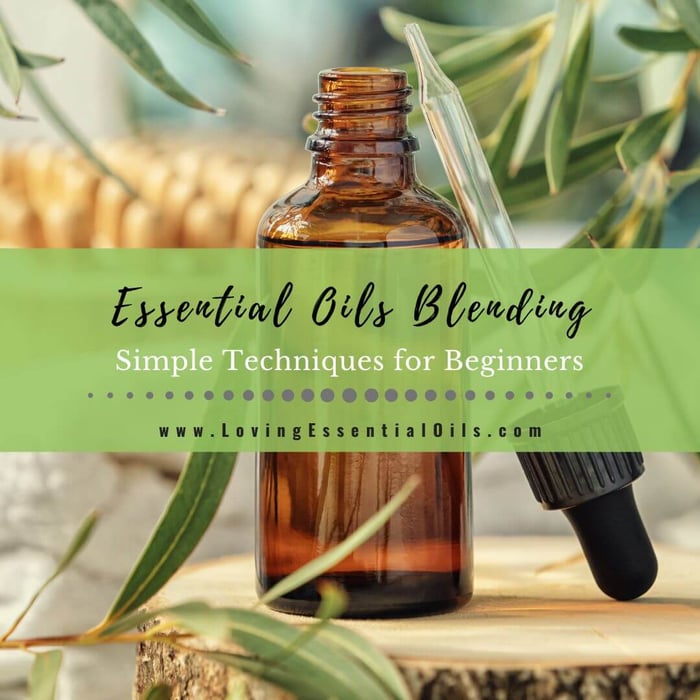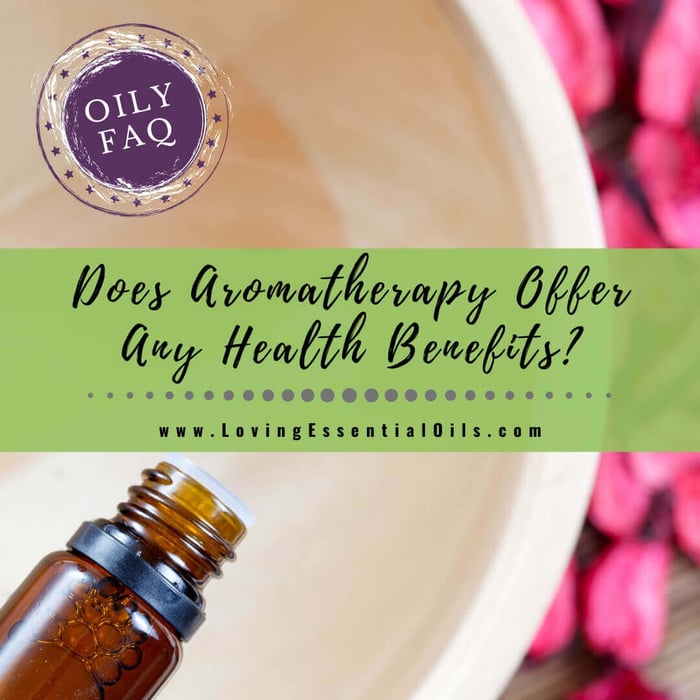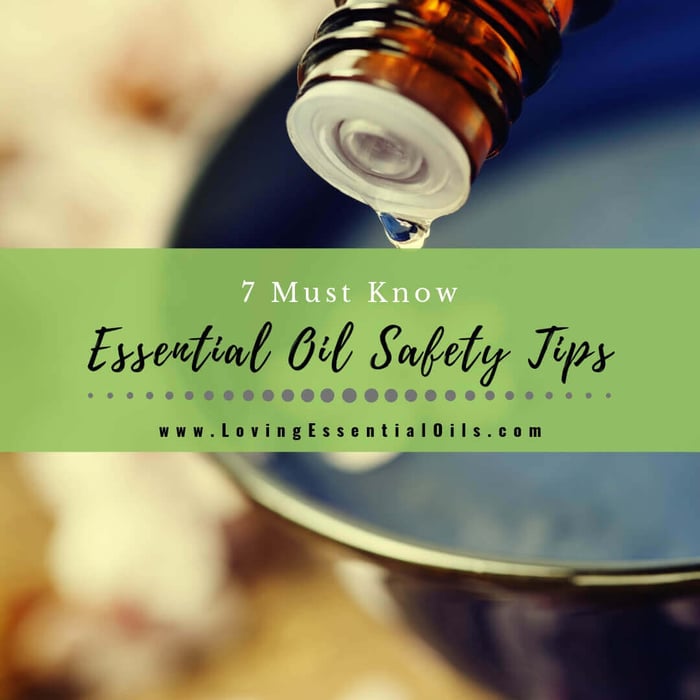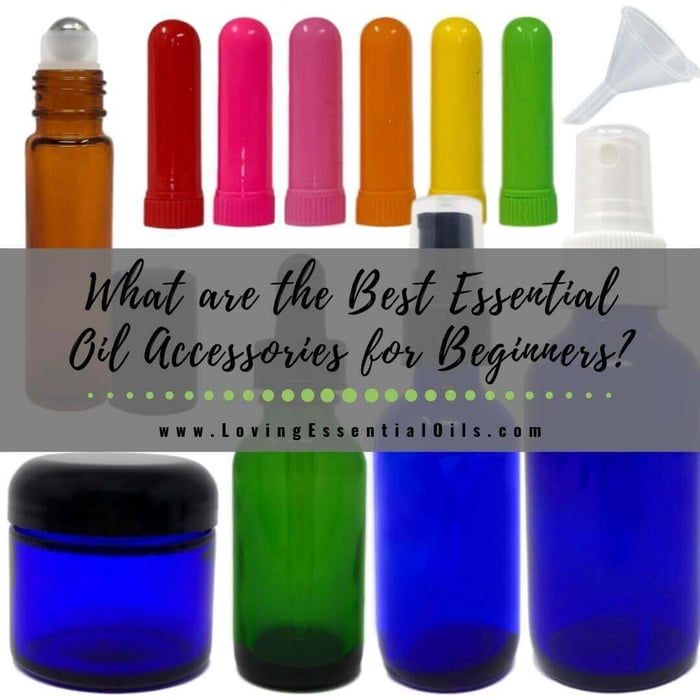Table of Contents
- Essential Oil Market Projections
- What Are Essential Oils and How Do They Work in Blending?
- What Are the Basic Tools and Techniques for Essential Oils Blending?
- How Can Beginners Create Simple and Effective Essential Oil Blends?
- What Safety Guidelines Should Beginners Follow When Blending Essential Oils?
- Essential Oils Blending for Beginners: Techniques and Troubleshoot Issues
If you feel overwhelmed by blending ratios or are unsure which essential oils combine well, it can stall your DIY journey. This guide provides clear definitions, step-by-step techniques, safe dilution practices, simple recipes, targeted wellness blends, and advanced tips—all to help you master essential oils blending for beginners. Additionally, discover curated essential oil kits, charts, and resources at Loving Essential Oils.
Essential Oil Market Projections
Did you know the global essential oil market is projected to reach USD 18.6 billion by 2030? This indicates significant growth and interest in the field. This expansion reflects the increasing consumer awareness of the therapeutic benefits and versatile applications of essential oils in various industries, including aromatherapy, cosmetics, and the food and beverage sector.
Grand View Research, Essential Oils Market Size, Share & Trends Analysis Report By Product (Orange, Eucalyptus, Peppermint), By Application, By Distribution Channel, By Region, And Segment Forecasts, 2023 - 2030 (2023)In the sections that follow, you’ll learn:
- What essential oils are, how scent notes work, and why synergy matters
- Basic tools, the 30-50-20 ratio rule, and carrier oil dilution guidelines
- Starter recipes for diffusers, roller bottles, and wellness-focused blends
- Critical safety precautions for all ages
- Advanced techniques like accord blending and troubleshooting
- Where to find interactive tools, blending kits, and in-depth guides
31 PC Deluxe Essential Oils Kit: Aromatherapy Supplies

$ 37.00
31 PC Deluxe Essential Oils Kit - This Aromatherapy Supplies set includes a variety of tools needed for making DIY products with your essential oils. Use this kit to make roll on blends, inhaler blends, massage oils, face serums, and… Read More
What Are Essential Oils and How Do They Work in Blending?

Essential oils are concentrated plant extracts rich in volatile aromatic compounds that release therapeutic benefits through inhalation and topical application. By combining oils based on their chemical profiles and evaporation rates, you create oil blends with enhanced aroma and efficacy.
Understanding these fundamentals lays the groundwork for mastering ratios and crafting your own recipes.
What Defines an Essential Oil?
An essential oil is a hydrophobic liquid extracted from plant material—such as flowers, leaves, or bark—delivering concentrated aromatic molecules. This extraction mechanism preserves volatile compounds, such as terpenes and phenolics, which support physical and emotional well-being through both aromatic and topical pathways.
Grasping this definition clarifies why purity and the extraction method influence blend quality and therapeutic strength.
Understanding Essential Oil Properties
Essential oils are derived from plant materials through processes, like steam distillation and cold expression, that preserve the volatile aromatic compounds. These compounds are responsible for the therapeutic effects experienced through inhalation and topical application.
The quality of the extraction method directly influences the blend's therapeutic strength.
Baser, K. H. C., & Buchbauer, G. (2015). Handbook of Essential Oils: Science, technology, and applications. CRC press. Learn moreHow Do Scent Notes Influence Essential Oil Blends?

Scent notes categorize oils by their evaporation rate and aromatic intensity, guiding the creation of balanced blends. Integrating top, middle, and base notes ensures that each layer unfolds over time, creating a pleasing fragrance journey and stable synergy.
| Note | Attribute | Intensity |
|---|---|---|
| Top Note | Evaporation Rate | Fast |
| Middle Note | Aromatic Role | Heart of blend |
| Base Note | Fixative Property | Slow, long-lasting grounding |
This scent note hierarchy creates depth in your formulations and prepares you to explore synergy in the next section.
What Is Essential Oil Synergy and Why Is It Important?
Essential oil synergy describes how two or more oils interact to amplify therapeutic and aromatic effects beyond their individual properties. When chemical constituents like linalool and linalyl acetate combine, they can enhance relaxation or uplift mood more effectively together.
Emphasizing synergy helps you craft targeted blends—whether for calming, energizing, or healing—by selecting oils that work in concert.
What Are the Basic Tools and Techniques for Essential Oils Blending?
Creating consistent blends starts with having the right tools and a foundational technique.
Which Blending Tools Do Beginners Need?
To begin blending essential oils, assemble these essentials:
- A set of amber glass bottles for storage
- Precision droppers or pipettes for accurate measurement
- Fragrance test strips or cotton pads for scent evaluation
- Small glass or stainless steel mixing bowls for trial blends
- Waterproof labels and fine-tip markers for clear ingredient records
These basic tools ensure precision and repeatability, which will enable you to explore ratio guidelines next.
31 PC Deluxe Essential Oils Kit: Aromatherapy Supplies

$ 37.00
31 PC Deluxe Essential Oils Kit - This Aromatherapy Supplies set includes a variety of tools needed for making DIY products with your essential oils. Use this kit to make roll on blends, inhaler blends, massage oils, face serums, and… Read More
How to Use the 30-50-20 Blending Ratio Rule?
The 30-50-20 rule allocates 30% to the top note, 50% to the middle note, and 20% to the base note to create a harmonious blend. Start by choosing oils for each note category, then count the drops accordingly (e.g., 3 drops for top, 5 drops for middle, and 2 drops for base, totaling 10 drops). Adjust ratios to suit personal preference or desired intensity.
- Select one top, one middle, and one base oil.
- Apply the 3-5-2 drop count to a test vial.
- Inhale the sample and tweak drop counts for balance.
- Record final ratios on the label for future batches.
What Are Safe Dilution Practices Using Carrier Oils?

Dilution with carrier oils ensures topical application is gentle and effective by dispersing concentrated essential oils and reducing potential irritation.
Which Carrier Oils Are Best for Dilution?
Before blending, choose a carrier oil with compatible properties. Common options include:
| Carrier Oil | Attribute | Properties |
|---|---|---|
| Jojoba Oil | Shelf Stability | Up to 2 years, gentle for all skin types |
| Sweet Almond Oil | Absorption Rate | Moderate, deeply moisturizing |
| Fractionated Coconut Oil | Texture | Lightweight, non-greasy |
| Grapeseed Oil | Skin Suitability | Non-comedogenic, ideal for sensitive skin |
Selecting the right carrier oil prevents dilution issues and facilitates understanding of dilution charts.
How to Read and Use an Essential Oil Dilution Chart?
A dilution chart guides you in mixing essential oils safely across applications. Use the following as a reference for a 10 mL roller blend :
| Application | Oil Concentration | Drops per 10 mL Carrier |
|---|---|---|
| Adult Topical | 2-5% | 4-10 drops |
| Child (6–12 yrs) | 1% | 2 drops |
Following these guidelines prevents overuse and prepares you to dive into beginner recipes.
How Can Beginners Create Simple and Effective Essential Oil Blends?
With tools, ratios, and dilution in place, you’re ready to craft blends that showcase the synergy of essential oils and their therapeutic intent. The recipes below require minimal ingredients and offer clear benefits.
What Are Easy Starter Recipes for Essential Oil Blends?
Begin with these three versatile combinations to support relaxation, boost mood, and enhance concentration:
- 1. Calming Floral Blend: 2 drops Lavender + 2 drops Chamomile + 10 mL jojoba oil
- 2. Energizing Citrus Blend: 2 drops Sweet Orange + 2 drops Lemon + 10 mL fractionated coconut oil
- 3. Focus Booster Blend: 2 drops Rosemary + 2 drops Peppermint + 10 mL sweet almond oil
These starter blends illustrate how simple ingredient lists can yield powerful results and lead to aromatic applications like diffusers.
How to Make Essential Oil Diffuser Blends for Relaxation and Mood?
Diffuser blends fill a room with therapeutic aroma. Begin with 100 mL of water (or less if your tank is smaller, see diffuser manual for your machine), then add:
- 4. Relaxation Blend: 4 Lavender + 3 Cedarwood + 2 Frankincense
- 5. Mood-Lifting Blend: 3 Bergamot + 2 Sweet Orange + 2 Ylang Ylang
Directions: Simply add water, drop in oils, and diffuse for 30–60 minutes to create an ambiance that aligns with your goals.
How to Create Roller Bottle Blends for On-the-Go Use?
Roller bottles deliver customized aroma and targeted benefits throughout the day. Fill a 10 mL roller with carrier oil of choice, then add:
- 6. Stress Relief Roller: 2 Lavender + 2 Chamomile + 2 Clary Sage
- 7. Headache Relief Roller: 3 Peppermint + 2 Lavender + 1 Eucalyptus
Directions: Cap, shake, label, and apply to wrists or upper chest as needed for a quick aromatic pick-me-up. 3% dilution.
What Essential Oil Blends Help Reduce Stress and Anxiety?
A calming roller or diffuser mix can ease stress:
- 8. Calming Roller: 3 drops Bergamot + 2 drops Frankincense + 1 drop Ylang Ylang
- 9. Calming Diffuser: 4 drops Lavender + 3 drops Bergamot + 2 drops Rose Otto
These combinations balance the nervous system and promote emotional well-being.
What Are the Best Essential Oils for Sleep?
A favorite sleep essential oil combination is lavender, Roman chamomile, and vetiver.
- 10. Sleep Diffuser: 3 drops Lavender + 3 drops Roman Chamomile + 2 drops Vetiver
Diffuse for 30 minutes before bedtime to help unwind and prepare for a deep sleep.
| Oil | Attribute | Properties |
|---|---|---|
| Lavender | Calming Property | Linalool content reduces restlessness |
| Vetiver | Grounding Base Note | Slows heart rate and induces relaxation |
| Roman Chamomile | Soothing Scent | Gentle floral aroma supports sleep onset |
What Safety Guidelines Should Beginners Follow When Blending Essential Oils?
Safe blending practices ensure you enjoy benefits without irritation or adverse reactions. Follow these guidelines to blend with confidence.
Why Is Patch Testing Important Before Using Blends?
Patch testing identifies individual sensitivity by applying a small amount of diluted oil to your forearm and monitoring for 24 hours. If no redness or itching appears, the blend is safe for wider use. This simple step prevents unexpected reactions and builds trust in your custom formulations.
What Are Common Safety Precautions for Children and Pregnancy?
When blending for children or expectant mothers:
- Limit dilution to 1% or less
- Avoid high-phenol oils (e.g., Cinnamon Bark, Oregano)
- Choose gentle oils like Lavender and Tangerine
These precautions balance efficacy with gentle application for vulnerable populations.
How to Avoid Skin Irritation and Overuse?
Prevent irritation by rotating oils, adhering to recommended dilution ratios, and limiting topical use to three to four times per week. Proper labeling and record-keeping of each blend’s ingredients ensure you track usage and adjust formulas as needed.
Essential Oils Blending for Beginners: Techniques and Troubleshoot Issues
Once you’ve mastered the basics, advanced methods and troubleshooting help you refine aromas and formulations for professional-quality blends.
How to Troubleshoot Common Blending Problems?
Identify and resolve these blending challenges:
- Overpowering Top Notes: Increase base note percentage by 5%
- Weak Aroma: Add 1–2 extra drops of middle note oils
- Separation in Carrier: Warm the bottle in your hands and shake vigorously
These adjustments restore balance, allowing you to fine-tune blends effectively.
How Does Understanding Essential Oil Families Improve Blending?
Grouping oils into families—citrus, floral, woody, herbal, spicy—reveals compatible pairings and guides blend creation:
| Scent | Properties/Notes |
|---|---|
| Citrus | Bright, uplifting top and middle notes |
| Floral | Soft, romantic middle to base notes |
| Woody | Grounding, long-lasting base notes |
Where to Learn More About Essential Oil Notes and Carrier Oils?
For deeper dives into scent notes, oil properties, and safety, explore our in-depth guides:
Mastering essential oil blending begins with understanding core concepts, applying simple tools and ratios, and exploring recipes tailored to your wellness goals. With safety guidelines, troubleshooting tips, and advanced techniques in hand, you’re ready to create personalized, therapeutic blends.
Explore our comprehensive range of Essential Oil Guides at Loving Essential Oils to further support your journey.






